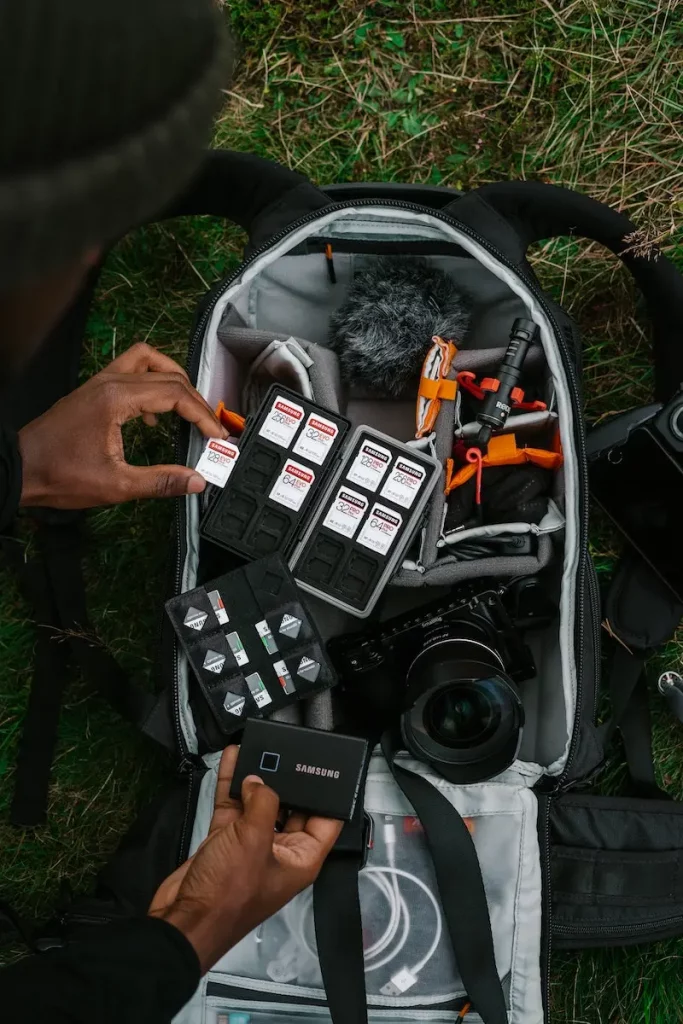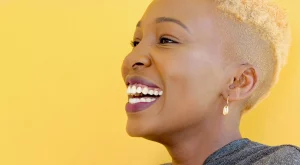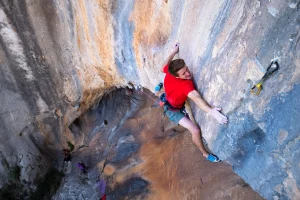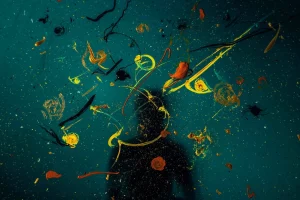The equipment required in photography may vary depending on several factors, the most important of which is the area of specialism. It is unlikely that the same equipment will be used for fashion photos as for sports photos. Sports photography is a special subject, as speed and distance come into play.
Photographing a sport, whether it’s football, tennis, or motorsport, requires freezing the movement and capturing the action. Sport indoors or outdoors, in low or high light, the conditions of shooting also vary according to the sport in question. From the case to the tripod to the lenses, we will talk about the ideal equipment for sports photography taking into account the constraints that must be overcome.
Table of contents
The special characteristics of sports photography
The challenge of sports photography is to successfully freeze movements, which are usually very fast. Unlike other areas of photography, the sports photographer cannot ask athletes to pose, stop or wait until they are ready to take the picture. In such conditions, it is essential to have the right equipment in hand in order to take successful shots. In order to choose the right equipment for the photo you are taking, you can weigh up several factors.
- The type of sport, and especially whether it is outdoors or indoors, the speed of action (motorsports require special equipment).
- The ancillary equipment used.
- The budget.
This is not a comprehensive list. The best advice to follow is to know the ins and outs of the sport before photographing it. Knowing the dynamics of the game makes it easier to select the right equipment.

Sports photography equipment: choosing the right camera
It’s true that choosing the right camera depends closely on the photographer’s preferences. Hybrid, reflex, mirror or without mirror, the options are numerous. When choosing a camera for sports photography, it is essential to pay attention to:
- the ISO mount of the camera: for sports photography, it is preferable to opt for high-end cameras, because entry-level cameras will generate pixelated images above 800-3200 ISO. A good sports photography camera can give a very good image quality up to 6400 ISO and sometimes more;
- the camera speed: the camera must have a high focus, burst and shutter speed. During a sporting event, actions are often quick, and it’s easy to miss the right timing. When choosing the camera, it is advisable to look at the number of IPS (frames per second), which gives the number of photos that the camera can take per second in burst mode;
- the size of the sensor: photographers have the choice between a full format sensor and a crop sensor. The full-format sensor allows you to take more beautiful photos in low light, so it’s not necessary for sports practiced in daylight. The crop sensor allows for close-up shots. It also offers a long focal length for the lenses.
These three factors are the most important when choosing your sports photography camera.
Sports photography equipment: choosing the lens
Choosing the right lens is an extremely important part of obtaining high-quality photos. The best lenses for sports photography are those that are very fast and have a large aperture of the diaphragm. It is advisable to favour an aperture of f/2.8.Among the many options, the following are particularly noteworthy:
- 70-200 mm f/2.8 zooms;
- 24-70 mm f/2.8 lenses;
- 200-400 mm lenses;
- 300 mm lenses;
- telephoto lenses with fixed focal length, e.g. a 400 mm f/2.8;
- 24-105 mm f/4 lenses alongside a 400 mm lens.
These different lenses make it possible to obtain a soft background, even with low brightness. The greater the aperture, the greater the amount of light that can pass through, which makes it easier to freeze the action. Such a fast lens is particularly advantageous for low-light shooting conditions. In broad daylight, this is not strictly necessary. A good lens for sports photography is a lens with fast autofocusing: this ensures the sharpness of images, even when athletes are moving at high speed.
Although the price of this type of lens is fairly high, it’s a very good long-term investment. Most major brands, whether Nikon, Canon, Sony or other, all have their own version of these lenses.
Sports photography equipment: the monopod
The monopod is an almost essential accessory for the sports photographer who has to hold their heavy equipment for long hours. While it helps to relieve the photographer of the weight of wearing a long focal-length lens, this tool also helps to stabilize the camera, for optimal sharpness. Unlike the tripod, the monopod consists of only one foot and not three, and is therefore very easy and quick to set up. It offers great flexibility of movement and also allows the photographer to capture panoramas. While the tripod allows for better stabilization, the monopod allows for greater responsiveness.
Sports photography equipment: the memory card
Sport photography requires a memory card with a very fast read and write speed, considering the number of photos captured with the continuous shooting. We are talking about a speed of at least 90 MB/s. While it is normally advisable to take photos in RAW format for optimal post-processing conditions, because the shooting conditions are not necessarily good in sports photography.
That said, when it comes to sports photography, it may be more convenient to capture images in a lighter format, i.e. in JPEG format, for a faster camera processing time. This way, it is possible to take more photos continuously. Once again, this choice must be made according to the sport being photographed and the speed of action.
It is also appropriate – and this is not only valid for sports photography, but also for other areas of photography – to always have several additional memory cards in case of insufficient space or malfunction of a card.

Sports photography equipment: other accessories
Beyond the obvious material that has just been detailed, other accessories can be useful. Among them, the following may be mentioned:
- batteries and battery chargers;
- a wrist strap to minimize the chance of the camera dropping;
- a cleaning kit for the lenses;
- a cover and a rain bag in case of bad weather conditions.
When photographing sporting events, the important thing is to choose the equipment and accessories that allow you to capture images flexibly.
- Everything you need to know to get started in photography
- How do I choose the right lens for a camera?
- How do I choose an external flash?
- What equipment should I use to take portrait photos?
- What equipment should I use to take landscape photos?
- Which computer should I choose for photo editing?
- How do I create a photo studio?
- Lighting solutions in photography
- Equipment for wildlife photography
- How can I develop my own photos?
- How do I choose a camera tripod?







